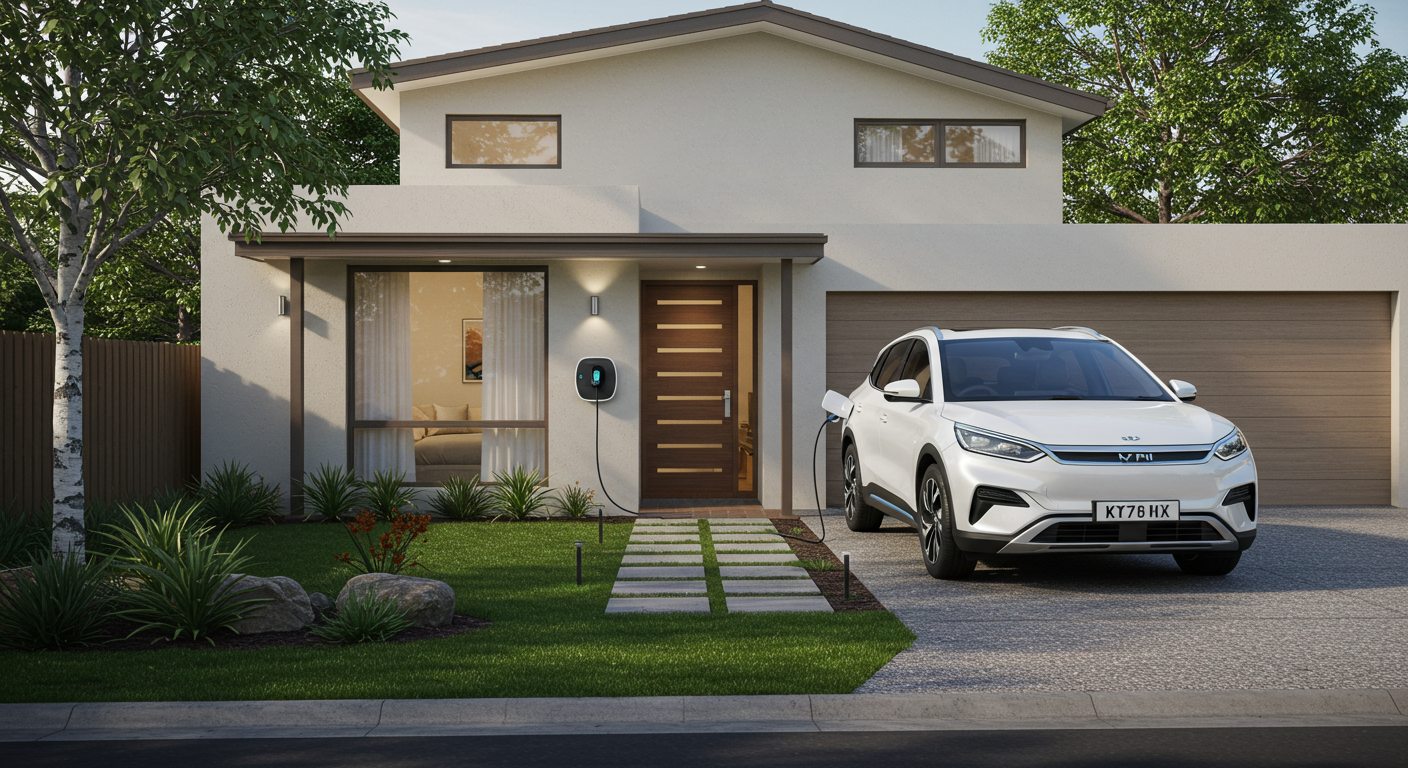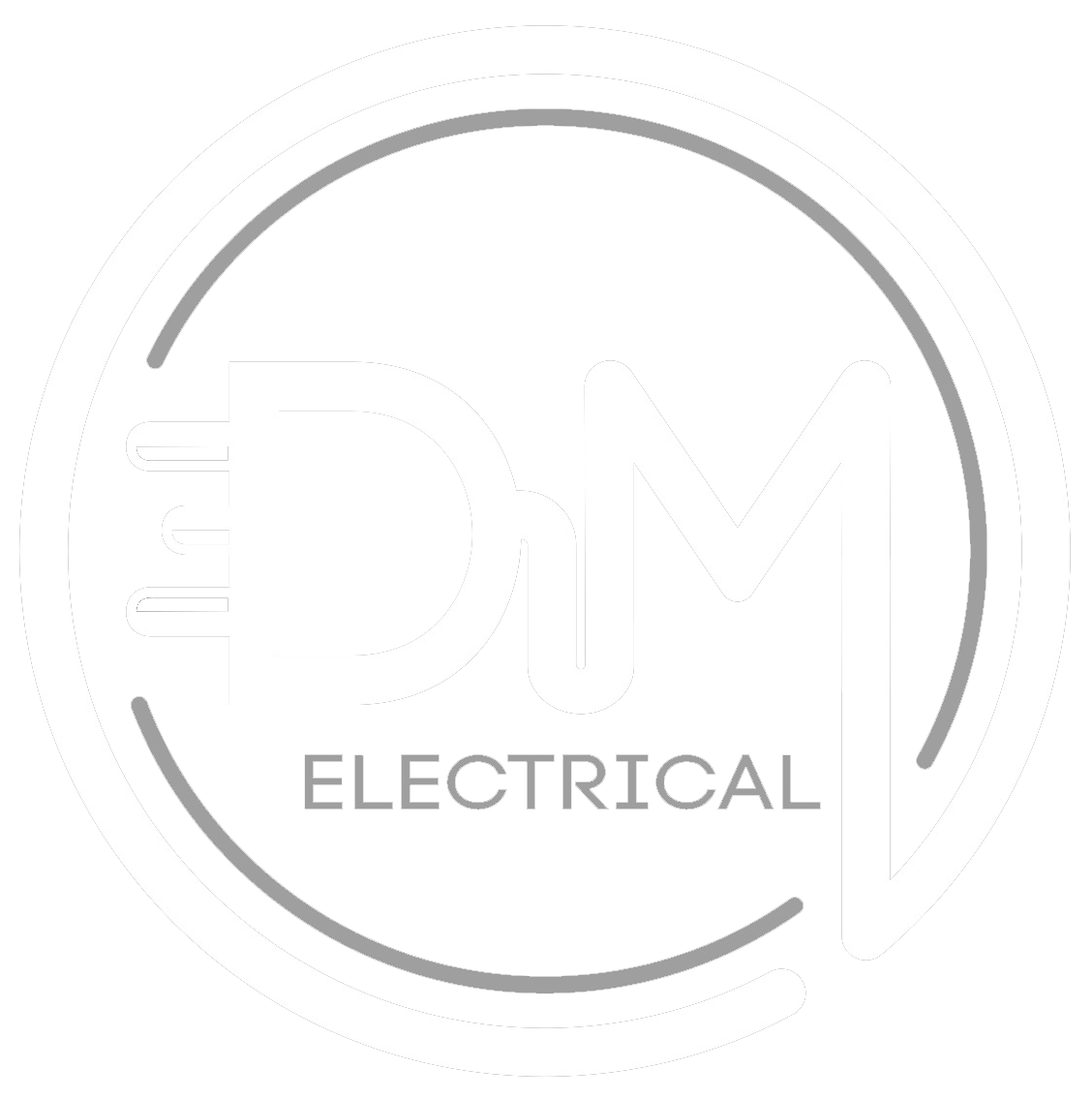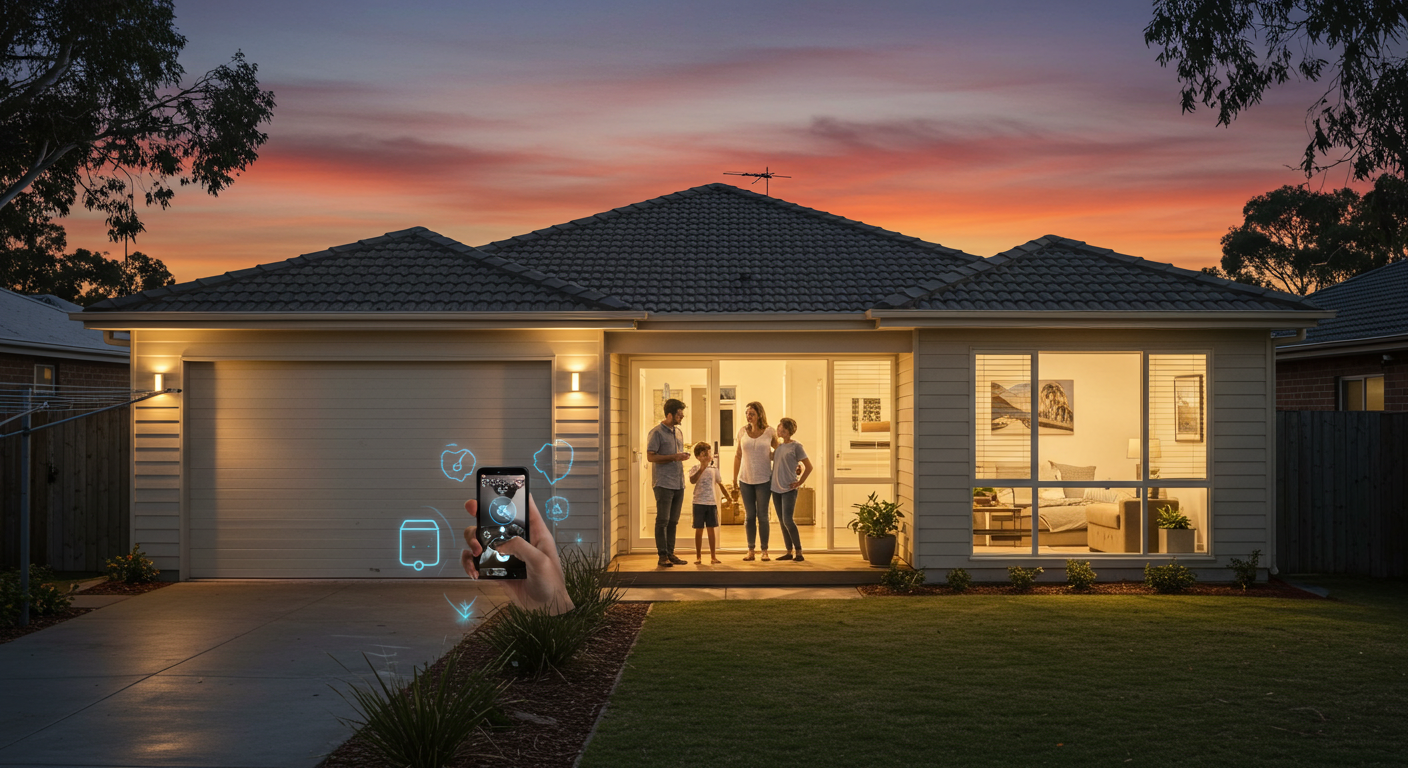A Complete Guide To Solar Power for Homes in 2025
Solar power is becoming a smart upgrade for homes in Sydney as energy prices rise and government subsidies decrease. From powering your entire house to charging an EV, the possibilities with solar panels are vast and accessible. In this complete 2025 guide, we will help you understand residential solar panels, their key features, cost, and how to choose the best system for your home.
What Are Residential Solar Panels?
Solar panels convert sunlight into electricity, providing homes with a renewable energy option. They consist of photovoltaic cells made of semiconductor materials like silicon. Sunlight strikes these cells, causing electrons to move and generate electric power. This setup lets homeowners generate their own electricity and reduce reliance on conventional energy systems.
Key Parts of Solar Panel Systems
Here are the main components needed for a solar panel system installation at home:
Solar Panels
They, sometimes called solar modules, convert sunlight into Direct Current (DC) electricity. The inverter then takes this DC electricity for use in the home.
Mounting Systems
Also called a racking system, holds PV units in place on your roof. This part of a solar setup keeps your panels attached during heavy rain, strong winds, or hailstorms. The mounting system is selected based on the type, dimensions, direction, and tilt of the roof. There are several mounting options, like roof mounts, ground mounts, and ballasted mounts.
Monitoring Systems
A monitoring system optimises energy and tracks the output of residential solar electric systems. It also analyses voltage, current, temperature, battery storage levels, and the system's overall condition.
Inverters
They convert Direct Current (DC) electricity generated by the solar arrays into alternating current (AC) electricity. This AC electricity then enters the switchboard and travels through the house to power appliances and meet everyday electricity needs. Various inverter types control extra functions that a basic inverter cannot. Some can store extra energy in a battery, like a Hybrid Inverter, while others, such as Microinverters, can optimise individual panels. For the most suitable option, choose the best solar installer who considers your energy use and financial plan.
Solar Battery
A solar battery is optional as it stores the extra power produced by panels during the day. You can use that stored energy at night or when electricity demand is high. Though not required, a properly installed solar battery improves energy independence and can help save money.
Residential solar power systems may also need cables, AC and DC disconnect switches, grounding tools, and any necessary council approvals
Types of Solar Panels
Homeowners in Sydney are looking up how to install a home solar system in 2025. Here are the main types you can choose from:
Monocrystalline: These are built from a single crystal structure. Monocrystalline panels offer great efficiency and last a long time. This type is ideal when you need a lot of power in a smaller area.
Polycrystalline: These are made using multiple crystal structures. Polycrystalline panels are affordable and work well in different situations. This is the best choice if you're looking to save money but still want optimal performance.
Thin-Film: These panels use a thin layer of photovoltaic material in their design and are ideal for houses with smaller roofs or creative layouts. Thin-film arrays are lightweight and flexible.
Cost of Residential Solar Power System
The table below shows typical costs to install a complete solar power system in 2025. Prices quoted for systems include the cost of installation as well.
| System Setup | Estimated Cost |
|---|---|
| 3Kw | $3,000 – 5,000 |
| 5Kw | $4,500 – 8,000 |
| 6.6Kw | $5,000 – 9,000 |
| 10Kw | $8,000 – 13,00 |
Note: These prices are approximate and can vary based on your location, installer, and available rebates. Costs may change over time.
When selecting solar for low-income households, consider your roof space, energy requirements, and affordability. You should spend a little more if you are upgrading switchboard, require microinverters, and decide to add a battery. Let the DM Electrical team help you choose the right type according to your specific needs.
How To Choose The Right Solar Electric System For Home?

Most people pick a system based on its uses, energy consumption, and roof features. Let's find the best choice according to your requirements, keeping in view the different power systems and their budget.
1. Solar Panel System
A grid-connected power system remains the best financial choice for most homeowners in Sydney. This system includes solar panels, an inverter, wiring, and mounting equipment. Solar arrays typically pay back in 4 to 7 years, so consider setting up a 5kW system or a larger one if possible.
2. Hybrid Systems With Panels And Batteries
Hybrid systems, often referred to as panel and battery systems, include PV units, an inverter, and a battery in a single grid-connected setup. The extra energy powers the battery to provide electricity after sunset. Hybrid systems cost much more because storage batteries are more expensive than just panels. In 2025, a 6.6 kW solar setup paired with a 10 kWh battery can range from $13,000 to $17,000. A larger 10kW solar system with a 13.5kWh battery might end up costing between $18,000 and $23,000. You can also attach a battery to the current solar setup and turn it into a hybrid system.
3. Off-grid systems
A fully off-grid system that operates without connecting to the primary power grid. These systems include solar modules and a lot of battery storage to power the entire house even during the winter months. Off-grid systems come with a much higher price tag. Installing it for an average household may range from $30,000 to $50,000.
Advantages and Disadvantages of Solar Power
Solar power for your home offers various benefits which include the following:
- Using sun-powered energy helps reduce electric bills each month, and in some cases, can even eliminate them completely.
- Solar power is a renewable source of energy that plays a crucial role in reducing pollution and carbon footprint.
- Homeowners in Sydney receive Small-scale Technology Certificates (STCs) through the Small-scale Renewable Energy Scheme (SRES) to reduce upfront expenses. The federal government provides many tax incentives and rebates.
- Installing a solar unit doesn’t require special permission if it’s to be mounted on the dwelling roof and the system complies with NSW planning guidelines.
- Photovoltaic systems also increase the property's value.
- Solar panels at home last between 20 and 30 years and require little maintenance.
Solar power may not be perfect. Here are the most significant drawbacks:
- A 4 kW PV system needs 28m² of roof space with a 30-degree pitch facing north and no shade. A pitch between 12 and 45 degrees won't work. You need to install micro-inverters to fulfil proper space requirements.
- Solar systems aren't a good fit for every home. If the house doesn't get enough sunlight, the system won't perform well.
- The upfront cost of installing solar panels can be high.
Uses Of Solar Panels At Home
Uses of residential PV systems are listed here:
- Charging EVs at home is the top use of solar energy in Sydney.
- Pools take plenty of energy to heat, but solar heating systems can do this job much more cost-effectively than electricity or natural gas.
- Sun-powered lights illuminate gardens, backyards, and even the entire home. These lights use PV panels and batteries working without connecting to the grid, which makes them perfect for off-grid spots.
- The telecommunication system and Wi-Fi run on solar energy, allowing mobile phones and internet services to connect without interruptions.
- Solar ventilation fans help keep houses cool in the summer heat.
- Using solar energy to heat water helps lower utility costs and can save money in the long run.
Final Thoughts
Solar panels in 2025 aren't just about reducing electricity costs; they let you manage energy use, support the environment, and potentially add value to your home. The initial price might seem high, but with all the available incentives and payment plans, it's easier than ever to get started. Consult DM Electrical for customised solar and battery solutions tailored to your home.





